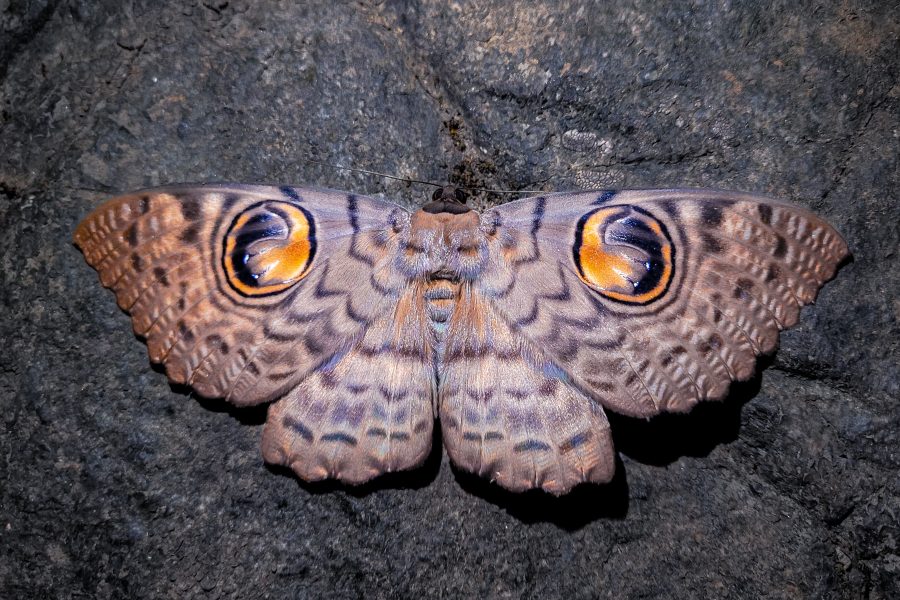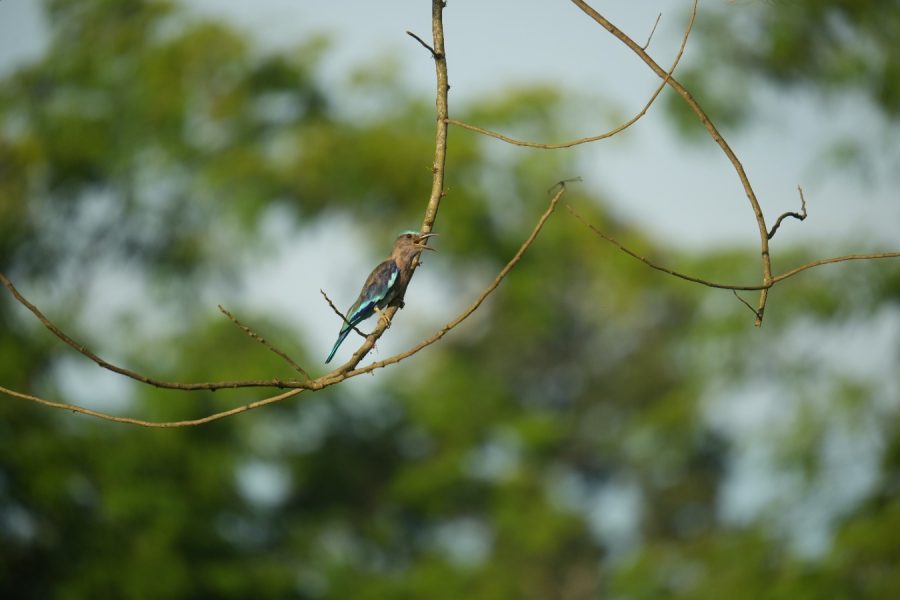The scrub jungles of Maharashtra have always been ideal leopard habitat, the dry deciduous forest providing the perfect cover for the stealthy cat to lurk in wait of unsuspecting prey- mostly small mammals that abound in the region.
In recent years, however, encouraged by financial incentives, the cultivation of sugarcane in the region has increased. Cultivated land and human settlements have slowly inched their way into the forests, destroying precious forest cover and substantially depleting the leopard prey base. Junnar, a small district in Pune, is no exception. Their habitat steadily overrun by settlements, and their source of food fast disappearing, the leopards of Junnar found themselves wandering into human habitation, lurking in the sugarcane plantations, becoming reliant on easier prey like dogs and livestock and coming into contact with people. The resultant conflict between these majestic denizens of the forest and their new neighbours is disturbing, although unsurprising.
In particular, incidences of man-animal conflict in the region see a steep escalation around the period of April-May, cub season for the big cats. Female leopards wander into sugarcane fields, relying on the tall crop to shield their offspring from predators. Before growing into sleek, powerful beasts, leopards are tiny cubs- helpless and often preyed upon themselves. The cubs are highly dependent on their mothers, nursing for up to three months and still remaining reliant on their mother for nourishment, protection and care long after. Cubs are born blind, underdeveloped and weak owing to the leopard’s relatively short gestation period. They are extremely vulnerable and rely on their brave, dedicated mothers to keep them safe. Female leopards relocate their hapless cubs ever so occasionally to avoid their falling prey to predators. In the shadows of the sugarcane fields, the mother is lulled into a sense of security, confident her blue-eyed offspring are out of danger.
This sense of safety is often misplaced.

In the Narayangaon area of Junnar district, the post-harvest burning of sugarcane fields is a routine practice. On Sunday afternoon, farmers in the region set their land ablaze, preparing the fields for the next crop rotation. No one expected to hear cries from amidst the flames. But a local farmer, Aknath Tambe, could distinctly make out a pitiful wail from somewhere in his blazing sugarcane field. Like most farmers in the area, Tambe was familiar with Junnar’s leopard presence, as well as with Wildlife SOS’ Maharashtra branch and their attempts at mitigating man-animal conflict and rescuing leopards in distress. As the flames rose higher and the cries grew more panicked, he hastened to call the organization.
The flames had driven away a female leopard that had taken cover in the fields. Fearing for her life and with no other option but to flee, the female darted out of the fire, abandoning her litter in the chaos. Alone and terrified, slowly being enveloped by heat and choking smoke, the four helpless cubs could be heard crying out for their mother.

It took a risky rescue attempt by the Wildlife SOS rescue team to pull the frightened cubs out of the field and away from certain death.
Although trembling with fear and in a state of shock, the cubs were found to be miraculously safe on examination. Apart from some minor burns, superficial wounds and singed fur, the cubs were alive and, after some medical attention, were declared healthy. But they were now orphans and would have to grow up at Wildlife SOS’ Manekdoh Leopard Centre. Although the staff at the centre would do their best to keep the leopards healthy, safe and happy, the animals would never really know the freedom of a wild leopard.

Their mother had other plans in mind. Desperate to find her cubs, she returned to the village and was sighted wandering around, desperately searching for her abandoned offspring. Hearing this, the team at Wildlife SOS decided to attempt to reunite the cubs with their mother- giving them a chance at freedom. The cubs were kept in a basket placed near the area where the mother had been spotted.

As evening drew near, the cubs’ plaintive cries could be heard piercing the darkness. The team, standing some distance off to keep a watch out for predators or threats, had all but given up, but waited in the descending darkness for the miracle they all hoped would happen.
Eight hours later, in the cover of darkness, a faint rustling noise was heard. The desperate cries of the cubs had turned to a content mewing as their mother comforted them, nursing and grooming her babies to reassure them. After resting amongst her cubs for a while, relishing their reunion, she picked them up one at a time and relocated them to a safer location, the terror of the previous day nearly forgotten amidst her warm fur and the reassuring gaze of her watchful golden-green eyes.

You can help support Wildlife SOS’ efforts at mitigating man-animal conflict in the region, as well as the rescue and rehabilitation of leopards and cubs that aren’t always as lucky as these ones by donating to our leopard centre or sponsoring one of the animals in our care HERE.
Or, make a special Mother’s Day donation (and we’ll send an email to the woman you’re honoring), by clicking here.




